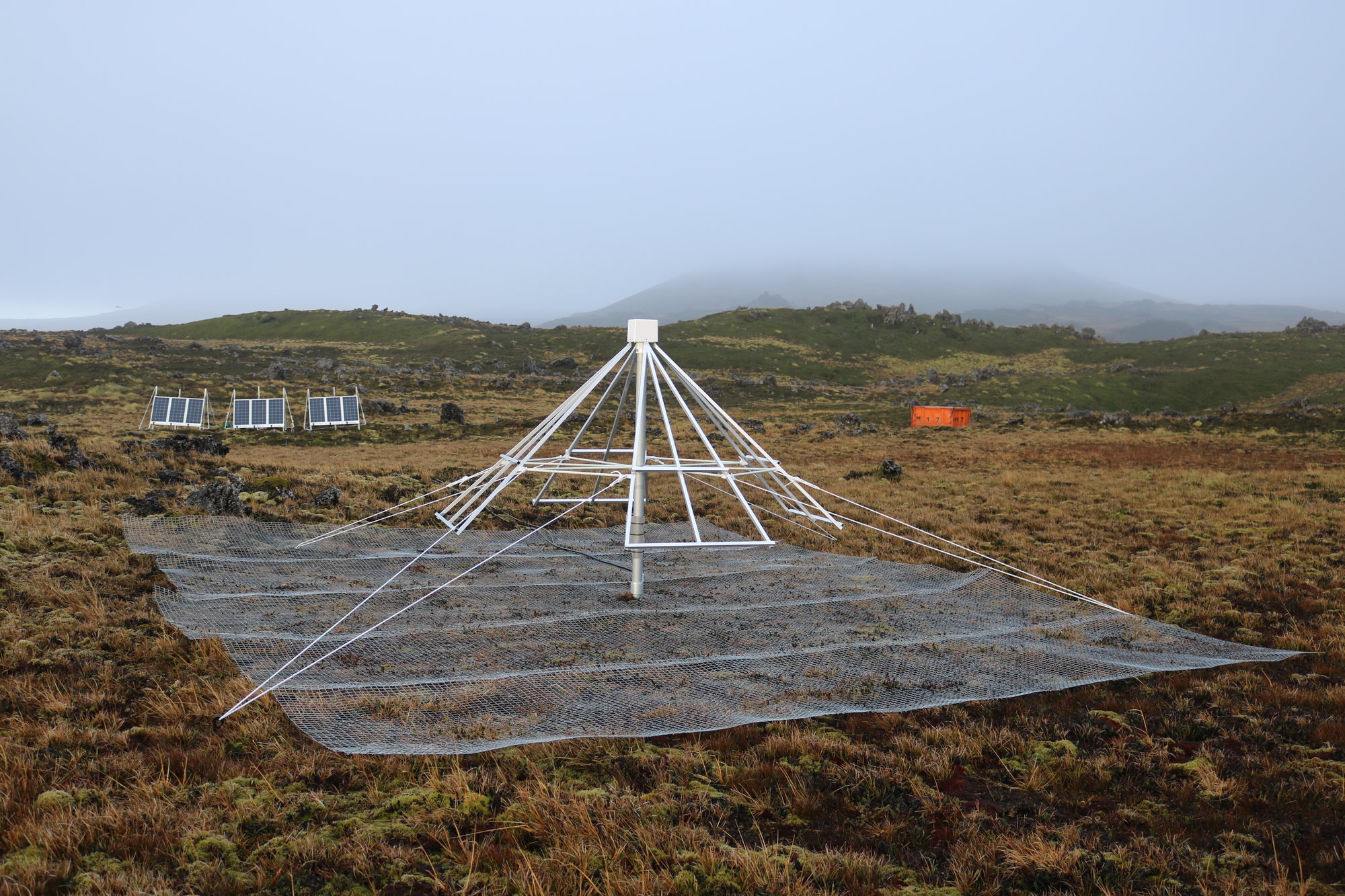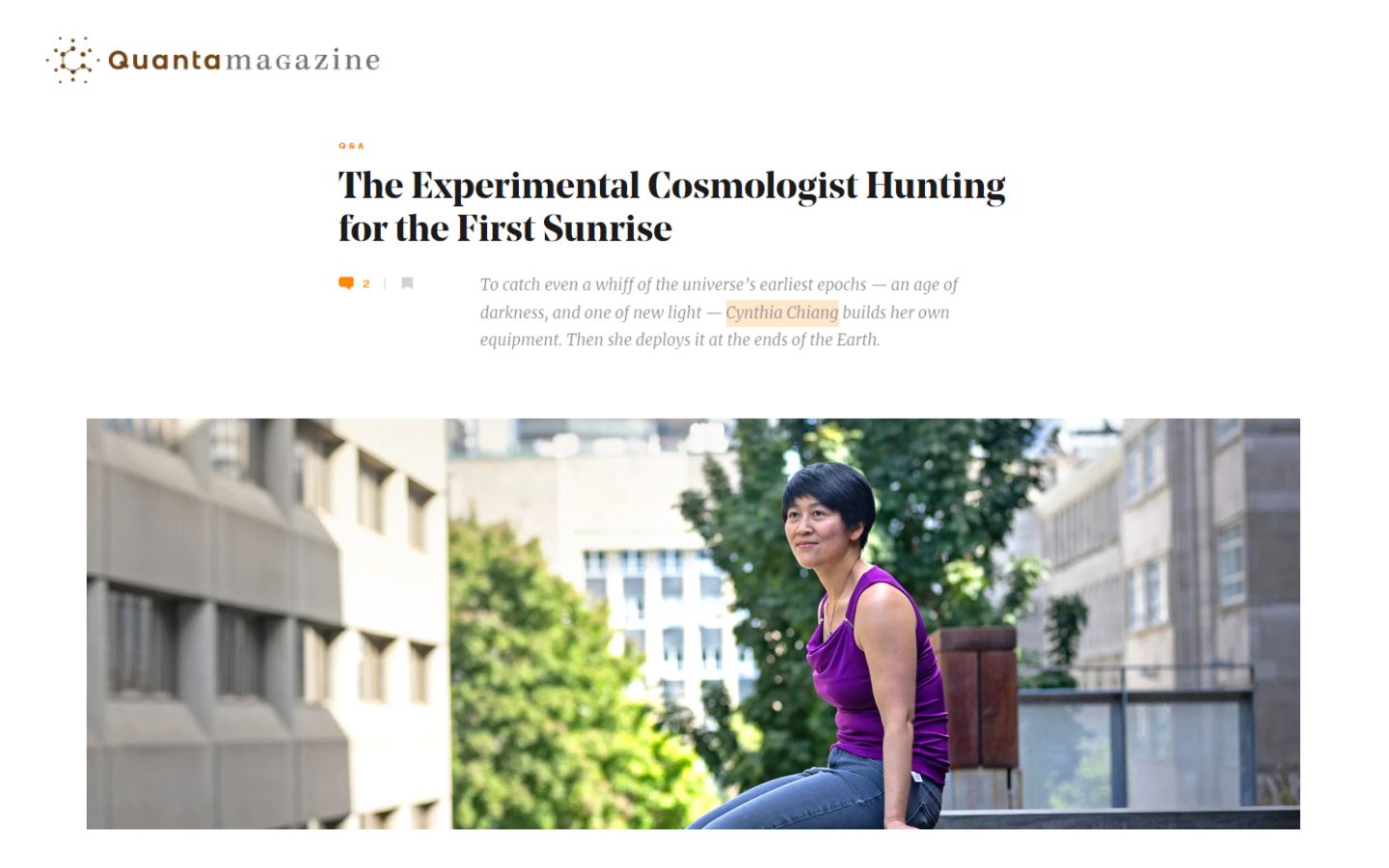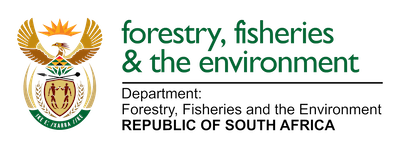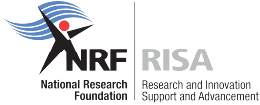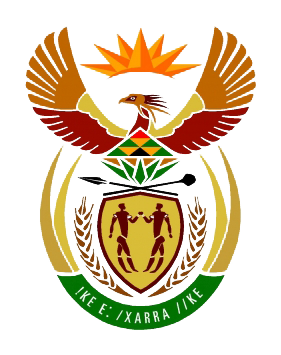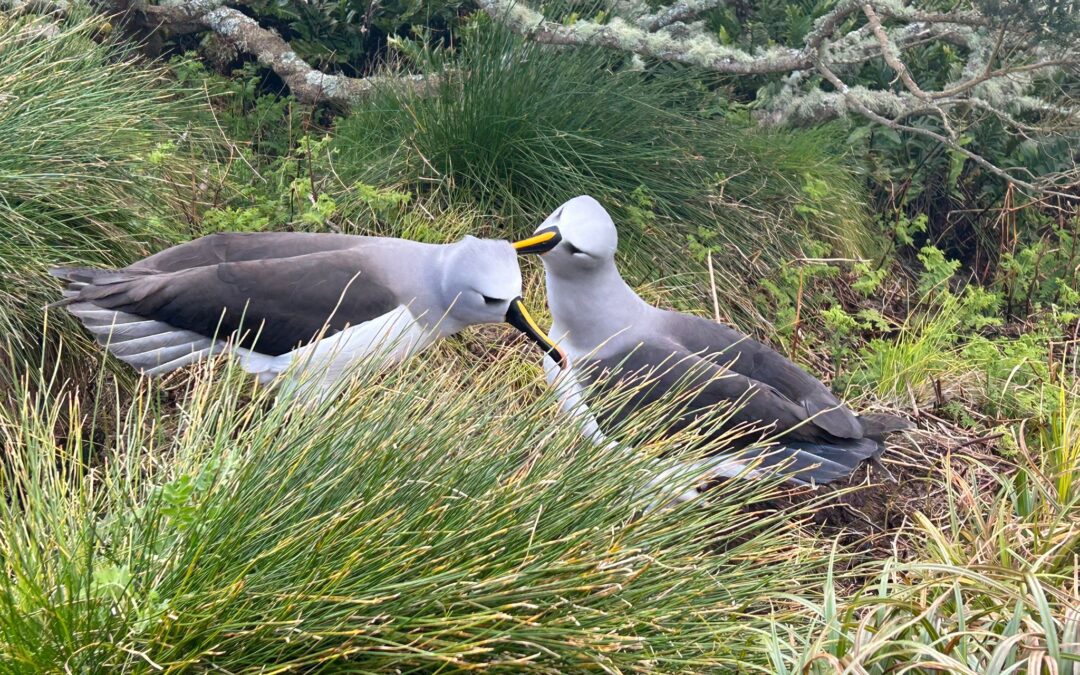
by Ria Olivier | Oct 12, 2023 | Environment, Gough Island, Invasion Biology, Mice Eradication, News, Overwintering Team, Research, Science, Take-Over Operations
The Gough Island Restoration Programme
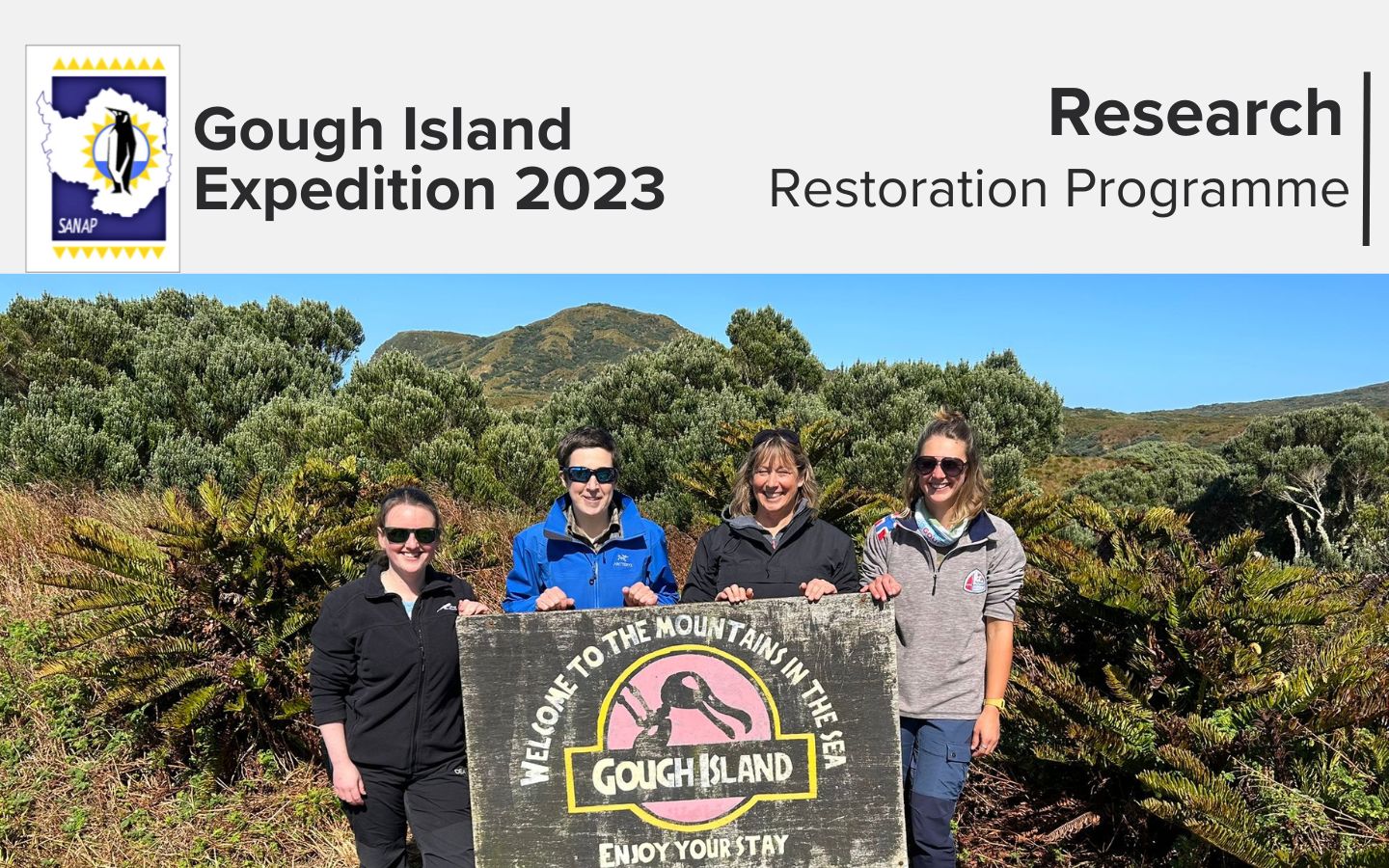
Situated in the South Atlantic Ocean, positioned equidistantly between South Africa and South America, lies a highly significant breeding ground for seabirds known as Gough Island. This remote island serves as the breeding habitat for 24 distinct avian species, many of which are found nowhere else on the planet. Regrettably, the avian inhabitants now share their home with an invasive species, specifically the house mouse. These non-native mice, introduced to the island by human activity, are causing severe harm to the island’s native wildlife, including plants and animals that have thrived there for millennia. The mice’s voracious appetite leads to the consumption of over two million seabird eggs and chicks annually, driving certain species perilously close to extinction.
In an effort to safeguard the birds, the Gough Island Restoration Programme was launched with the aim of eradicating the mice. In 2021, the Gough Island Restoration Programme attempted to eradicate mice from the island in one of the most challenging and logistically complex island eradications ever ventured.
Although the endeavor did not achieve complete success, it significantly reduced the mouse population, providing a respite for the birds. During this period, the avian inhabitants managed to successfully raise numerous chicks.
Scientists continue to monitor the birds and gather valuable information that will hopefully aid in future endeavors to eliminate the mice entirely. Part of this takeover and the overwintering field team’s work programme will relate to follow-up activities to further underpin efforts to restore Gough Island.
| Team | The Royal Society for the Protection of Birds (RSPB) |
| Project Name | The Gough Island Restoration Programme |
| Principal Investigator | Dr Antje Steinfurth |
Field Team Leader
(Gough68 & Gough69) | Dr Lucy Dorman |
| Field Officer (Gough68) | Ms Rebekah Goodwill |
| Field Officer (Gough69) | Ms Hannah Greetham |
More about the work on the island for this takeover:
“During takeover our team is carrying out a census of Tristan Albatrosses and Southern Giant Petrels across the whole island, the so-called round island survey. At this time of year, the Southern Giant Petrels are starting to breed while the Tristan Albatross chicks are about to fledge. The number of fledged Albatross chicks will then be compared to numbers of breeding pairs that were counted at the beginning of the year and so breeding success for this Critically Endangered bird can be calculated (more than 99% of the global population breed exclusively on Gough Island). The round island survey also provides the team with the opportunity to monitor the abundance and distribution of the two landbird species, the Gough Bunting and the Gough moorhen.
This takeover the team will also be taking some soil samples from the upland parts of the island. This is to help monitor the ecosystem in the wake of the mouse eradication attempt”.
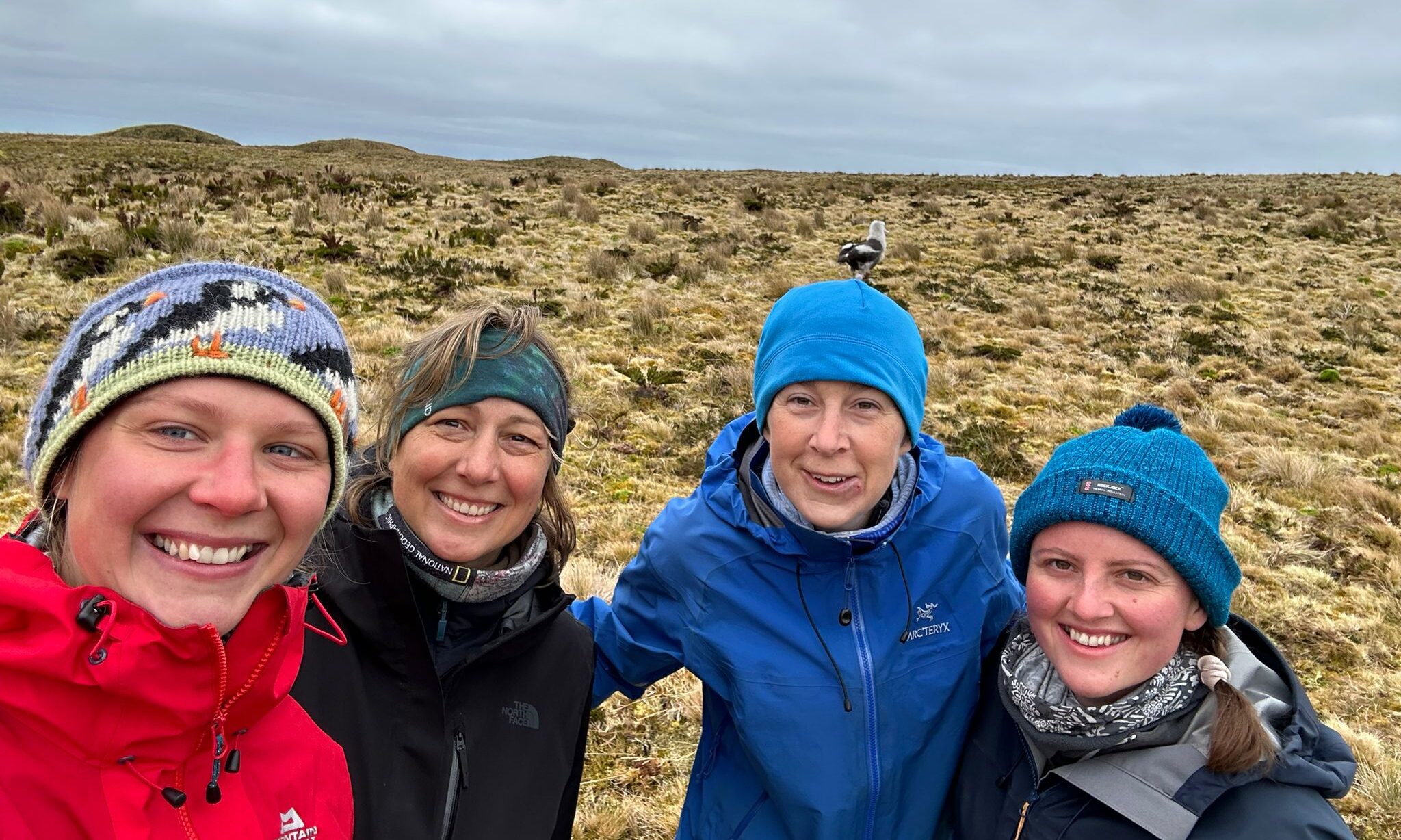
The RSPB Gough Island Restoration Programme takeover team (L-R): Hannah Greetham, Antje Steinfurth, Lucy Dorman and Rebekah Goodwill.
The RSPB overwintering team members’ work:
They will focus on Gough’s bird life, monitoring the breeding success of species, providing estimates of their populations and survival and documenting the impacts of House Mice.
For more information visit about The Gough Island Restoration Programme, click on the link below.
The Gough Island Restoration Programme This project is funded by: The Royal Society for the Protection of Birds (RSPB).
This project is funded by: The Royal Society for the Protection of Birds (RSPB).
Project information and images supplied by Dr Antje Steinfurth.
Anche Louw, South African Polar Research Infrastructure, 12 October 2023.

by Ria Olivier | Oct 6, 2023 | Announcement, Antarctica, Jobs, Marion Island, Meteorology, Overwintering Team, SANAP, Southern Ocean, Stations, sub-Antarctic

The following vacancies are advertised by The Department of Forestry, Fisheries and the Environment (DFFE) for positions based on Antarctica and Marion Island.
Antarctica, SANAE IV (the 4th South African National Antarctic Expedition Station):
The successful applicant will spend a full year (December 2023 to February 2025) at SANAE base. There is no option to return to South Africa before February 2025.
Marion Island:
The successful applicant will spend a full year (April 2024 to May 2025) at Marion Island. There is no option to return to South Africa before May 2025.
Anche Louw, Co-Principal Investigator of Antarctic Legacy of South Africa and Digital Marketing and Communications Manager of the South African Polar Research Infrastructure, 06 October 2023.

by Ria Olivier | Oct 5, 2023 | Announcement, Marion Island, News, Newsletters>Marion Island Newsletters, Overwintering Team, Prince Edward Islands, SAPolarRI, Science, Southern Ocean, Stations, sub-Antarctic, Team member

The 80th Marion Island overwintering team has published their first newsletter.
Content included in The Wanderer Spring Edition:
- Editor’s Note and Message from the Team Leader
“Hello from the little swampy volcano in the Southern Indian Ocean we call home, or Marion Island. The year has kicked off and the overwinterers have settled into their routines, just in time for it all to change. The Spring Edition of The Wanderer marks the beginning of a massive influx of wildlife onto the island, eager to breed and moult on this isle of paradise. Follow on as the chaos descends for field researchers alike and the hustle continues at the Base at Cabbage Point” ‐ Zafar Monier.
- Meet the team
- Marion’s Magnificent Birds
“Marion Island is home to 40% of the world’s Wandering Albatross population” Zafar Monier.
“M80 has the opportunity to conduct upper air ascends on our expedition twice a day, everyday of the year. Weather balloons are released simultaneously from different locations worldwide! On Marion Island we release the balloon at 12H00Z and 00H00Z (15H00 and 03H00 Marion local time)” – the 2023/2024 South African Weather Service Meteorological team members on Marion Island.
Click on the link below to download the first M80 newsletter.
M80 Newsletter: The Wanderer Spring Edition

The 80th Marion Island overwintering team. This photo was taken before the last helicopter flight to the S.A. Agulhas II, at the end of the 2023 takeover. The ship departed from Marion Island to Cape Town late afternoon of 12 May 2023. Image: Michelle Risi.
Anche Louw, Co-Principal Investigator of Antarctic Legacy of South Africa and Digital Marketing and Communications Manager of the South African Polar Research Infrastructure, 05 October 2023.

by Ria Olivier | Oct 3, 2023 | Current Event, Discover, Gough Island, Mammology, News, Research, SA Agulhas II, SA Polar Research Infrastructure, SANAP, SAPolarRI, SAPRI, Science, sub-Antarctic, Tristan da Cunha
Featuring research teams currently on the Gough Island takeover expedition.

The Tristan da Cunha Conservation Department recruited two Tristan Islanders to assist in the field at Tristan for the duration of the takeover. Image of the two members of a previous team.
During the annual Gough Island takeover (relief) expedition, the S.A. Agulhas II delivers passengers and cargo to Tristan da Cunha Island, which is 350 kilometers from Gough Island. Additionally, several researchers are given the chance to carry out their research at Tristan da Cunha during the relief period for Gough Island.
Prof Marthán Bester, semi-retired, Emeritus Professor and senior Research Fellow of the Mammal Research Institute at the University of Pretoria, is currently on the Tristan da Cunha to conduct field research on Subantarctic fur seals.
Find our more below about this project and prospects for the takeover period.
| TEAM | Tristan Mammal Research |
| Project Name | Subantarctic Fur Seals at the Tristan da Cunha Islands, South Atlantic Ocean |
| Principal Investigator | Prof Marthán Bester | University of Pretoria |
| Co-Principal Investigator | Prof Nico de Bruyn | University of Pretoria |
| Co-Principal Investigator | Dr Mia Wege | University of Pretoria |
| Co-Principal Investigator | Mr. Trevor Glass | Tristan Conservation Department Head |
The history of fur seal research on Tristan da Cunha
Fur seal research at the Tristan da Cunha (TdC) Islands started during the 1970s (1974–1978). In its present form, the research continues through a next phase (2009–2019), and beyond.
Short description of the project
Using Subantarctic fur seals as bioindicators of environmental conditions and as tools for suitable management of natural resources, contributing to observing marine ecosystems in the TdC Islands, since 2019 and beyond, the aim is to: (a) determine the seasonal attendance patterns of primarily lactating adult females, from the smallest (incipient) population of the species in the world at Cave Point Peninsula, TdC, (b) measure and contrast the growth rate and/or weaning mass of pups at the Cave Point breeding colony (10 month nursing period), (c) collect scat (non-invasive) and whiskers (invasive) samples for diet analyses.
During this ‘takeover’ the team aims to service and/or retrieve the Attendance Pattern Automated System (satellite-linked) at Cave Point, collect and process fur seal scat samples to determine diet, and weigh pup/under-yearling fur seals (at around 290 days of age) to compare their weaning weights amongst years and with those of pups from other island populations (including Gough Island).
In everyday language
The fur seals breed and rest on the islands, and they feed at sea. The research team aims to determine (1) what the seals feed on when they are away during feeding trips, (2) how well the pups, which remain on land, grow on a diet of milk which they suck from their mothers when these return to land after each feeding trip, and (3) how far away from the island, and for how long, do the mothers of the fur seal pups have to remain at sea on each feeding trip to be able to sustain their pups until weaning.
For more information visit about Subantarctic fur seals, click on the link below.
Marion Island Marine Mammal Programme

This project is funded by: The National Research Foundation (NRF-SANAP), The Royal Society for the Protection of Birds (RSPB) and Tristan da Cunha Conservation Department (TdC Conservation Department).
Update posted by the Tristan Conservation Department (on Facebook, 09 October 2023):
“The weather has been very nice last week. The conservation team and professor Martian Bester managed to go to the caves to do seal work with the seal pups. It was a great success as they managed to weigh fifty pups. Martian has been working with the conservation department for fourty nine years but sadly this is his last year working with the conservation team as he is retiring”
Project information and feature image supplied by Prof Marthán Bester.
Anche Louw, South African Polar Research Infrastructure, 03 October 2023, updated on 10 October 2023.

by Ria Olivier | Sep 29, 2023 | Marion Island, Research, Science
A few hundred million years after the big bang, the first stars in the universe were born during a period known as cosmic dawn.
This epoch is uncharted territory: the first and only tentative detection of cosmic dawn was reported in 2018, thus opening a new window into the universe’s past that is ripe for new discoveries.
 Telescopes aiming to study cosmic dawn must observe at radio frequencies (<150 MHz). These frequencies are exceptionally difficult to measure because of contamination from terrestrial radio-frequency interference and ionospheric effects.
Telescopes aiming to study cosmic dawn must observe at radio frequencies (<150 MHz). These frequencies are exceptionally difficult to measure because of contamination from terrestrial radio-frequency interference and ionospheric effects.
Our team has demonstrated that Marion Island truly offers a South African geographic advantage for low-frequency radio astronomy. The radio-quiet environment of Marion is unparalleled, surpassing even the Karoo desert, which is one of the premier radio observatory sites and the future location of the Square Kilometre Array (SKA).
With its clean observing conditions, Marion Island gives a unique opportunity to deliver high impact science that is impossible to conduct anywhere else in the world.

Radio astronomy experiment (ALBATROS) on Marion Island.
The project has installed two radio astronomy experiments on Marion Island. The first, named PRIZM, is searching for the signal from cosmic dawn and has been operating for three years. We are continuing these observations, coupled with instrument upgrades and rigorous calibration campaigns in order to obtain a robust detection. The second experiment, ALBATROS (above), is a companion project that aims to image the radio sky at <30 MHz, improving upon the resolution of current results by a factor of 20-30.
We have proven the technology with a few pathfinder antennas, and we are building and installing additional antennas to complete the full ALBATROS array. Our work is well timed to take advantage of the current solar minimum. The reduced ionospheric activity may allow us to probe the sky at particularly low observational frequencies that are otherwise difficult or impossible to access.
Prof Kavilan Moodley is the Principal Investigator on the project hosted at The Astrophysics Research Centre (ARC) at the University of KwaZulu-Natal (UKZN). The Astrophysics Research Centre (ARC) is part of the College of Agriculture, Engineering and Science at UKZN. We strive to be a world-class centre of excellence for research and postgraduate training in astrophysics and related data-intensive science. The management of the project is done by Prof. H. Cynthia Chiang and Prof. Jonathan Sievers.
Read a recent Q&A session with Professor Cynthia Chiang, experimental physicist, in the Quanta Magazine. See link below.
The Experimental Cosmologist Hunting for the First Sunrise | Quanta Magazine

Read here more about the project.
Text and Images by Prof Cynthia Chiang, Originally posted on 12 August 2021.
Edited by Anche Louw, South African Polar Research Infrastructure, 29 September 202


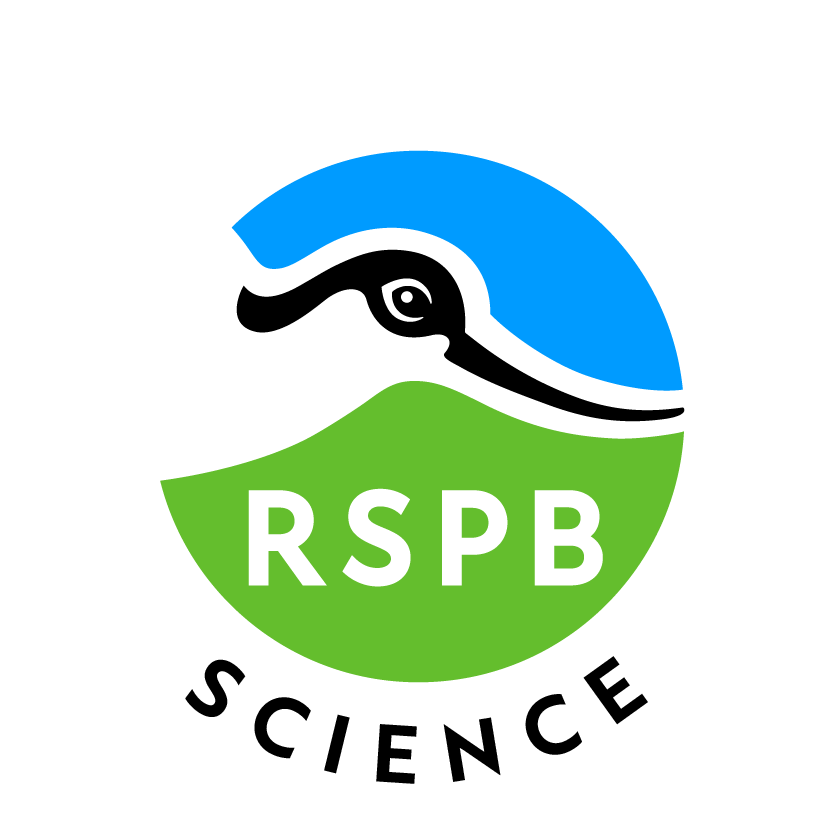 This project is funded by: The Royal Society for the Protection of Birds (RSPB).
This project is funded by: The Royal Society for the Protection of Birds (RSPB).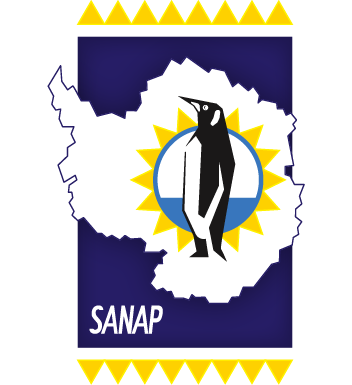

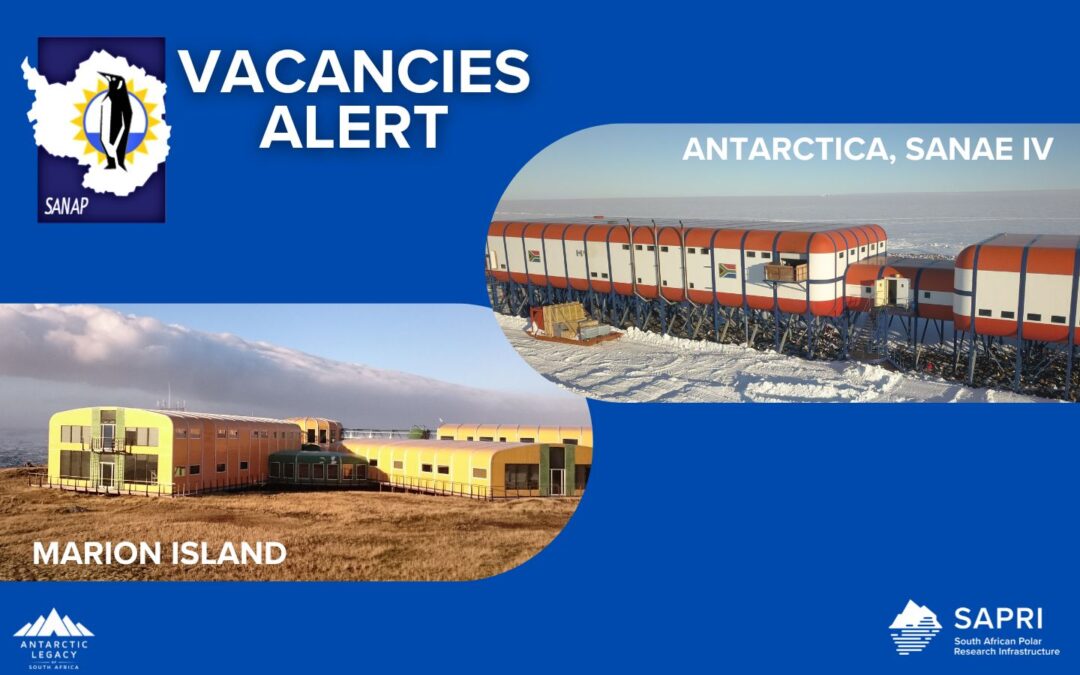
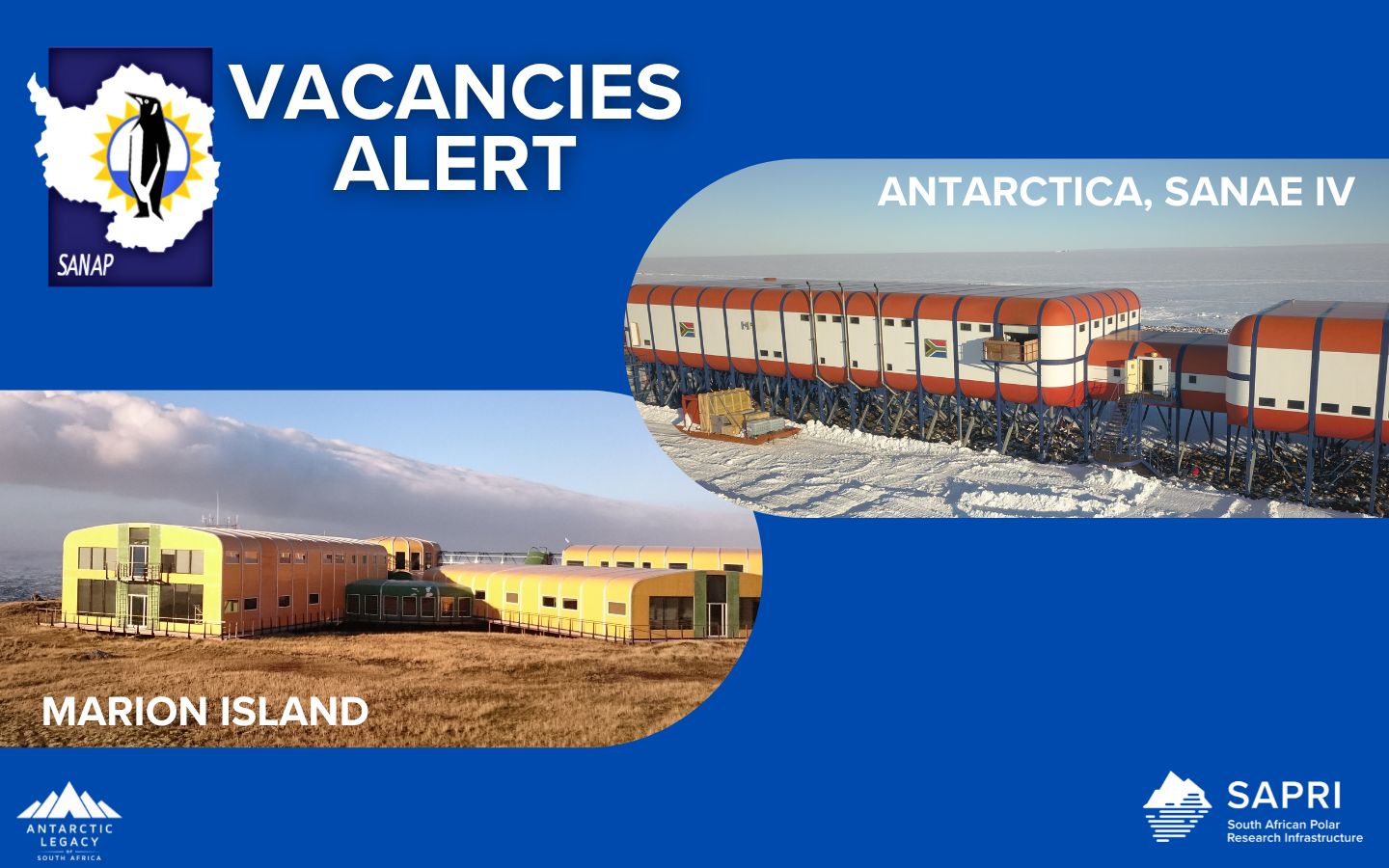
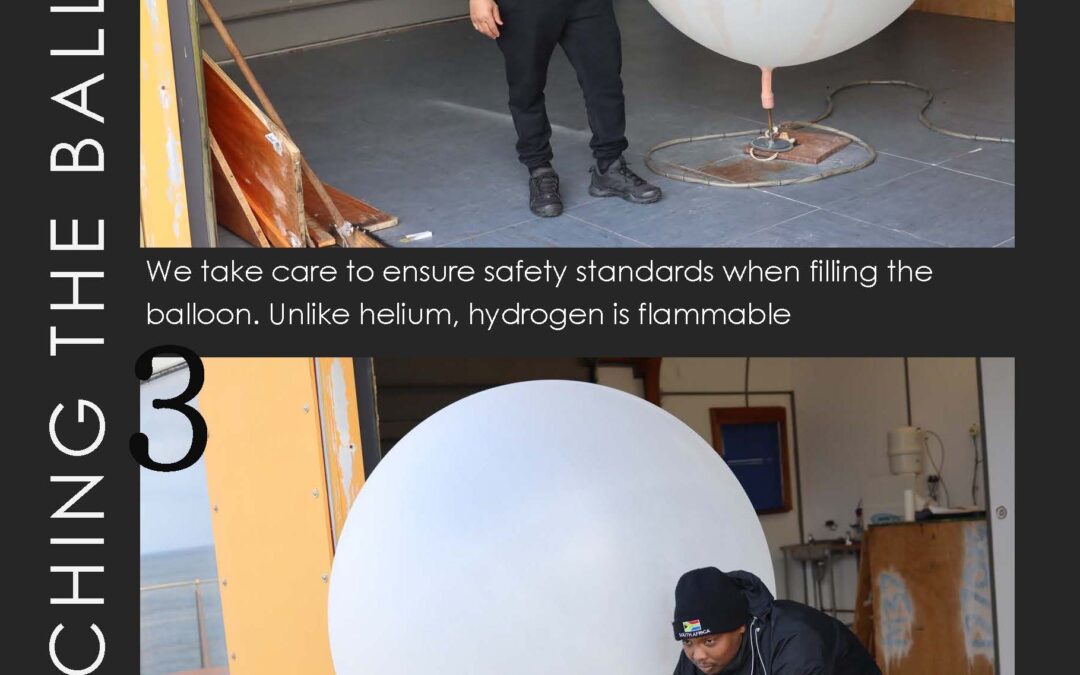
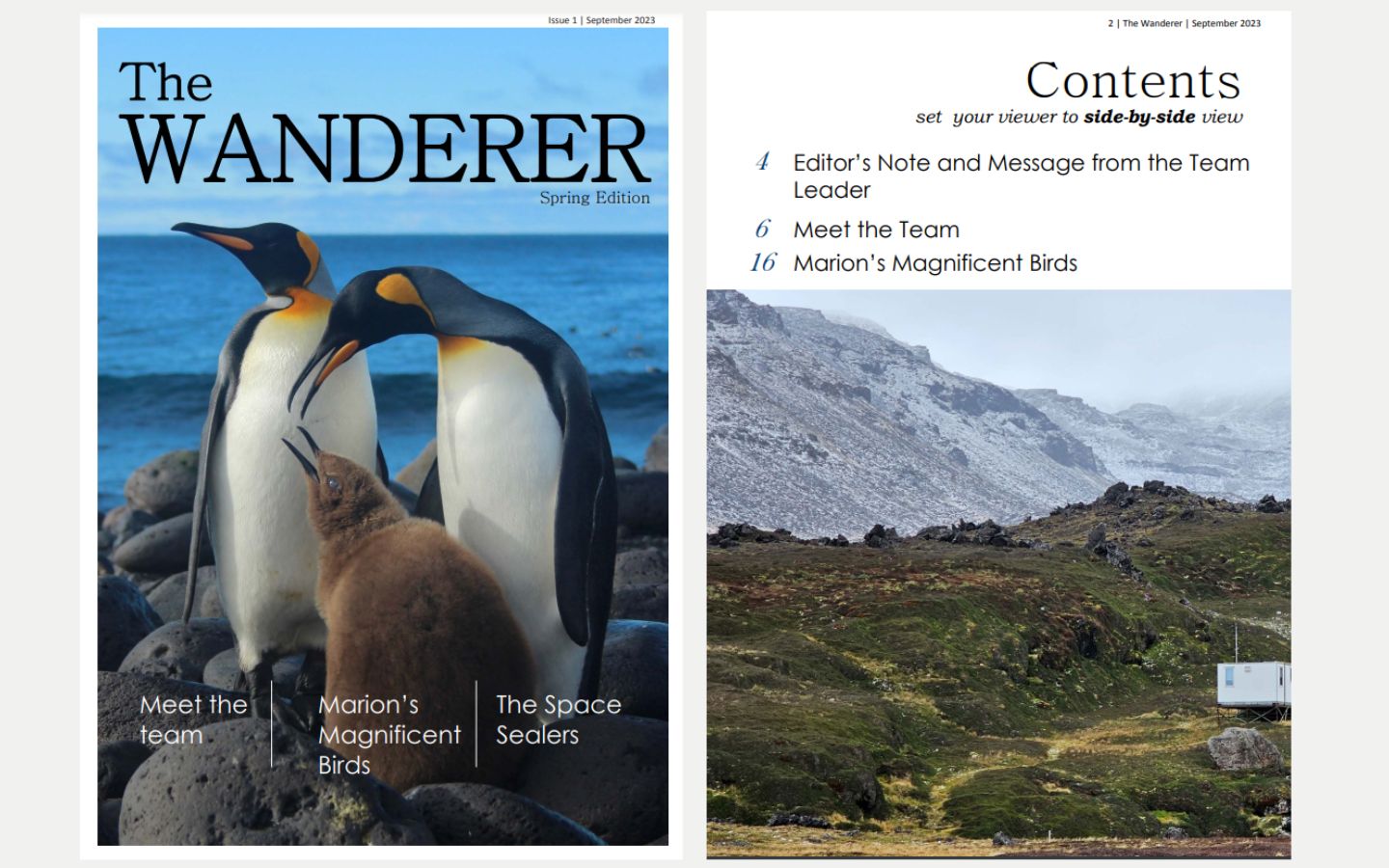
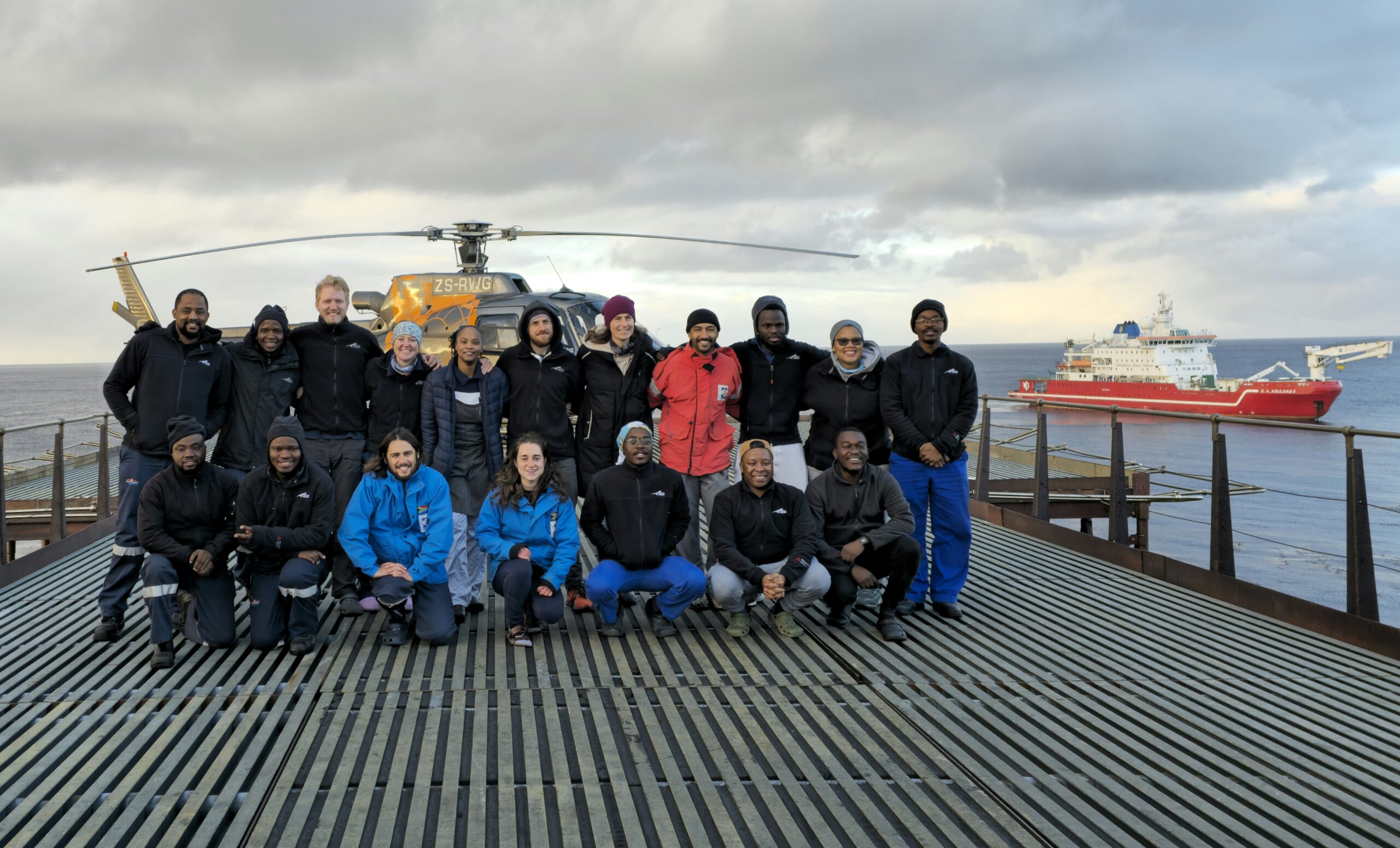

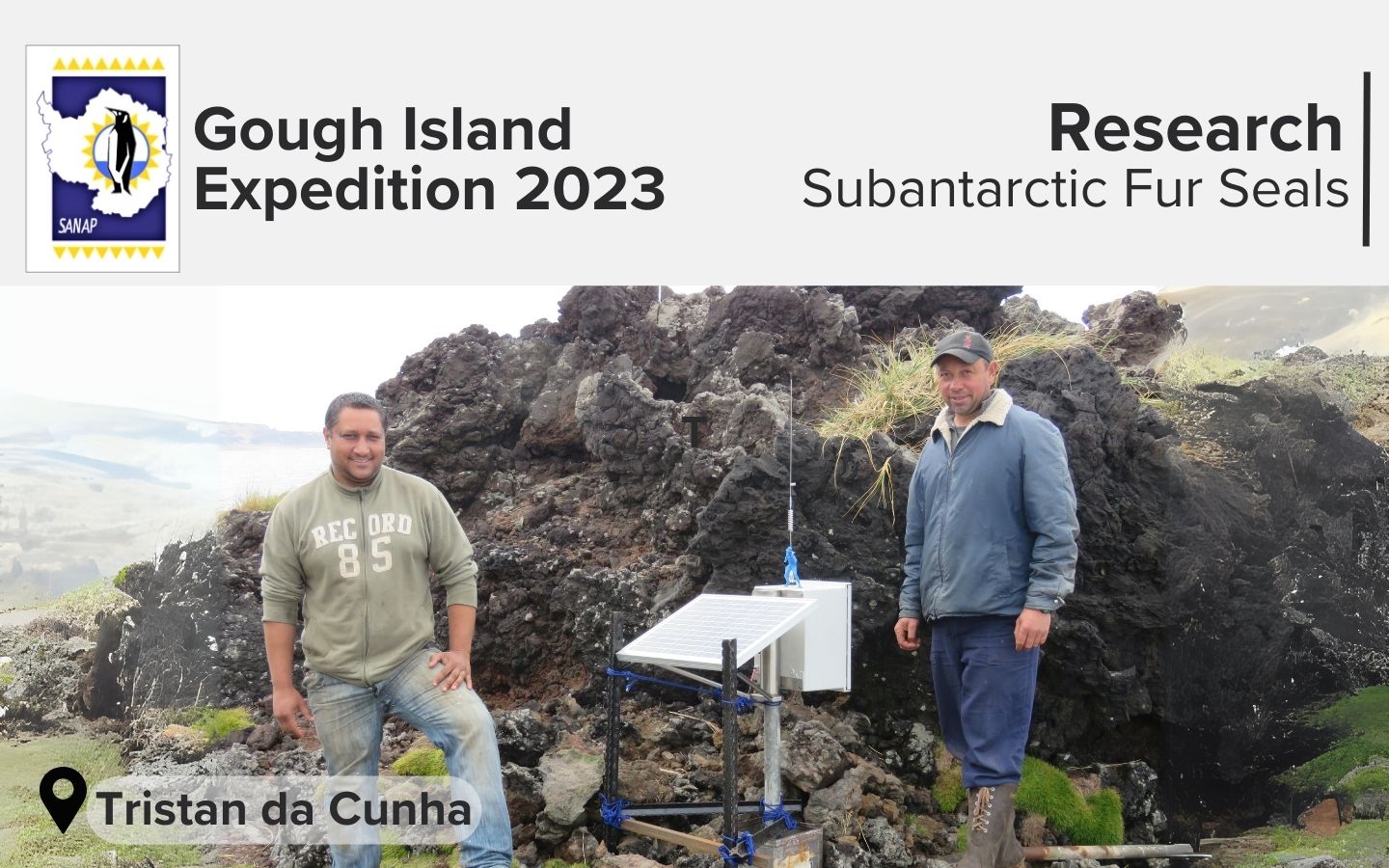

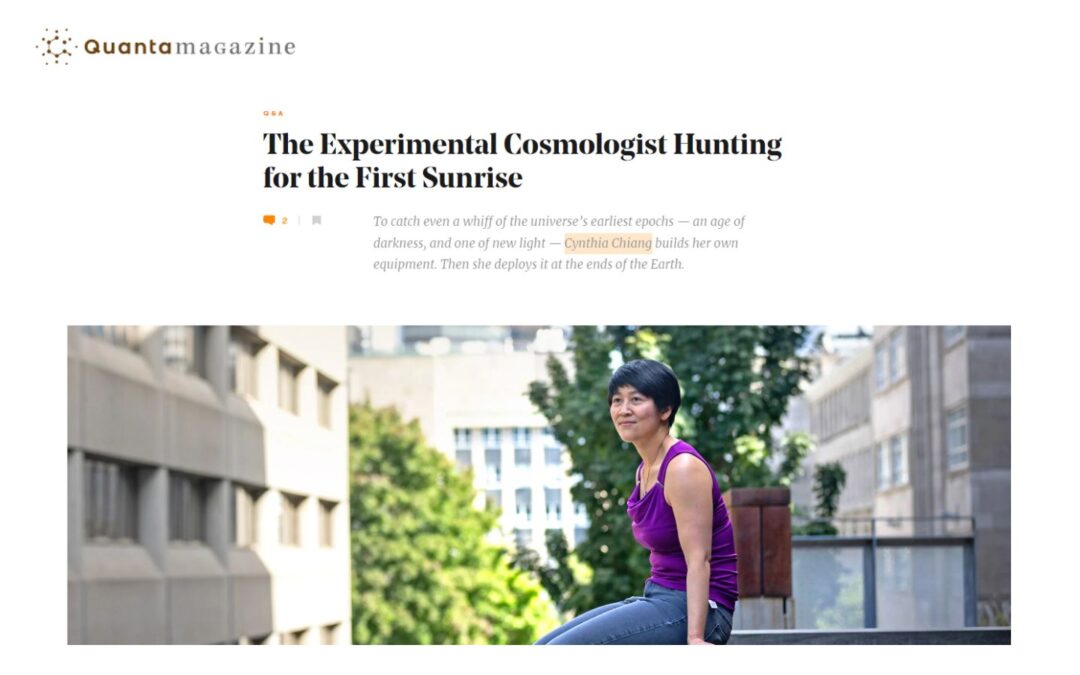
 Telescopes aiming to study cosmic dawn must observe at radio frequencies (<150 MHz). These frequencies are exceptionally difficult to measure because of contamination from terrestrial radio-frequency interference and ionospheric effects.
Telescopes aiming to study cosmic dawn must observe at radio frequencies (<150 MHz). These frequencies are exceptionally difficult to measure because of contamination from terrestrial radio-frequency interference and ionospheric effects. 